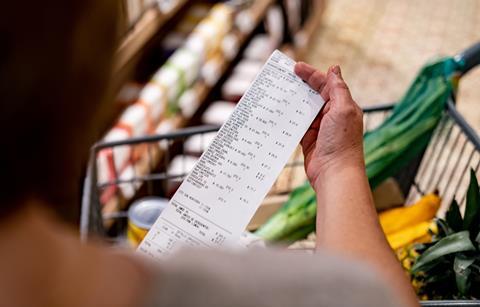
Retail sales are reported to have rebounded in January as shoppers flocked to stock up on food at supermarkets and take advantage of new year bargains.
However, despite the Chancellor’s assertion the economy is “turning a corner”, economists remain divided on whether January did indeed signal a turnaround for consumer spending and retail sales.
Data from Circana’s 2024 Growth Outlook explores this very issue. It concludes that for now, the economic stimuli – most notably slowing inflation – are not sufficient to substantially change shopping behaviour.
Earnings have increased compared to last year, even when adjusted for inflation, so consumer spending power is gradually improving. However, the cumulative impact of inflation over the past three years is substantial. For instance, a basket of goods that cost £100 in January 2021 now amounts to £131, indicating that consumers are still far from reaching parity.
As reported by the ONS, the rate of grocery inflation is slowing. In February, the Consumer Price Index including housing cost (CPIH) for food and non-alcoholic beverages fell to 7%, while the overall headline CPIH inflation index remained steady at 4.2%. This indicates households aren’t experiencing any significant month-to-month reduction in costs.
The ONS reports 43% of shoppers are still cutting back on spending for food and essential items. Our view suggests this level of consumer consumption will remain the new normal until there is a more significant increase in spending power, possibly through interest rate reductions.
What does this mean for manufacturers and how should they respond?
For now, the 12-month trajectory is for growth to slow as price increases lap and volume remains flat. Manufacturers must pinpoint pockets of market growth and be agile enough to capitalise with targeted innovation, while looking across the marketing mix for growth opportunities.
In this environment, securing volume share will become increasingly vital. Consequently, the focus will shift towards in-store promotion.
Our data indicates this trend is already underway, as the proportion of volume sold on promotion across the total store rose by 3.7 percentage points in January. This represents a significant acceleration. Sales promotion discount levels also jumped sharply in January, as food promotion average deal depth increased by 1.1 ppts.
As consumers continue to rely on promotions to offset their planned spending, this makes it more difficult for promotional investment to pay off, especially as deal depths increase.
Manufacturers are well aware of this problem and recognise off-shelf display as a solution. As a result, the demand for premium off-shelf display has shot up in recent months, with lobby display item weeks up 21% on last year.
But HFSS legislation has made the off-shelf display landscape more complex. Manufacturers will need to effectively navigate this new terrain to optimise their off-shelf display mix and gain a significant competitive edge.
For now, the Chancellor’s claimed corner-turning looks more like a gentle bend in the road. Current consumer consumption patterns will be the new normal for some time. The hope is that consumer spending power gets the boost it needs for shoppers to materially change their behaviour and accelerate the spending recovery.







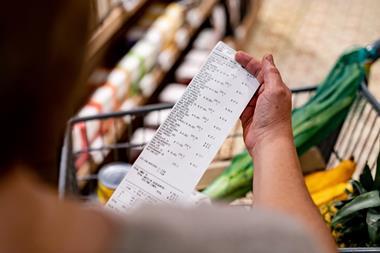
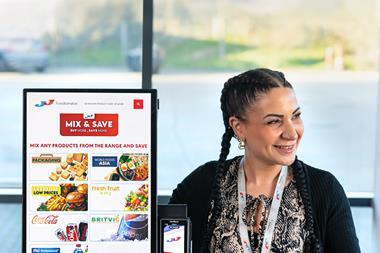

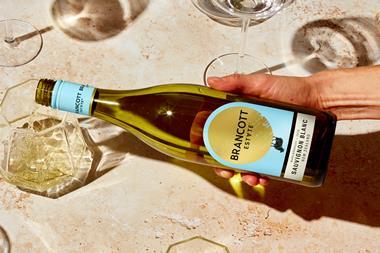
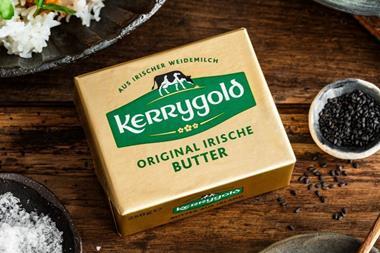
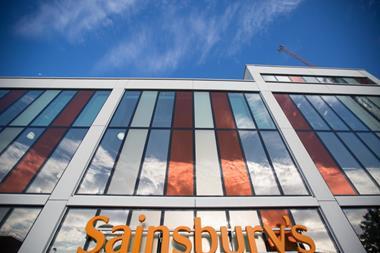






No comments yet